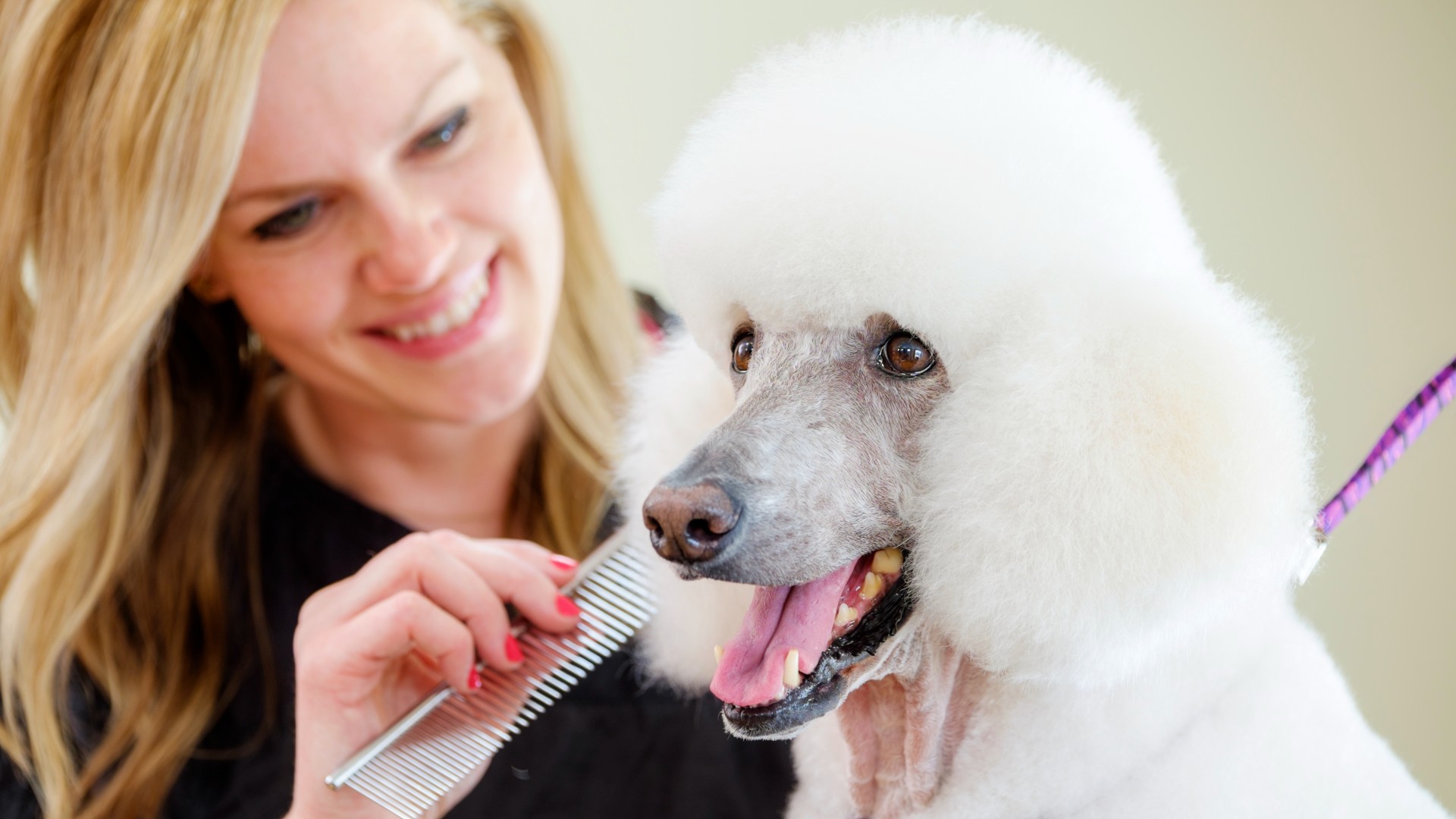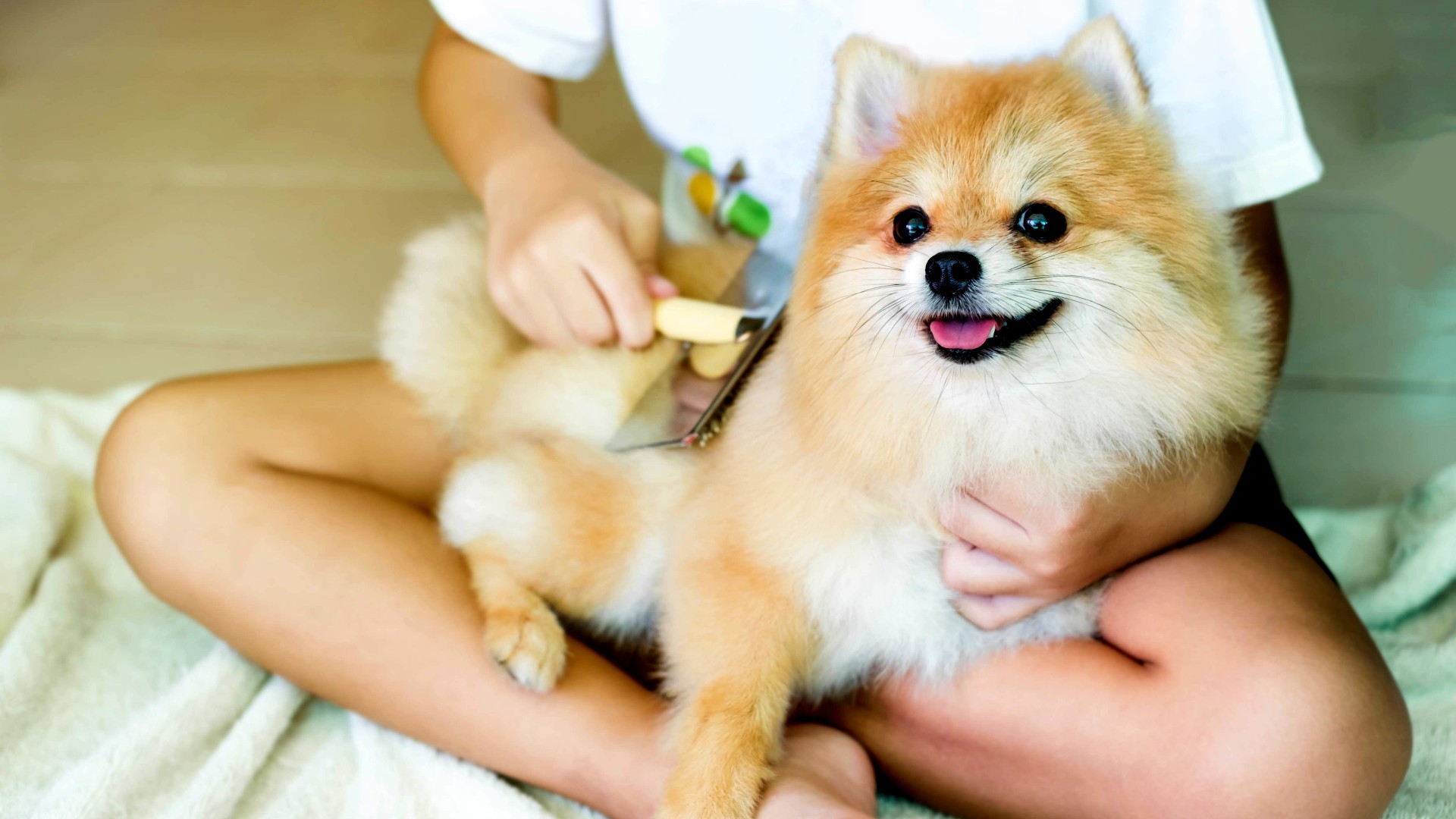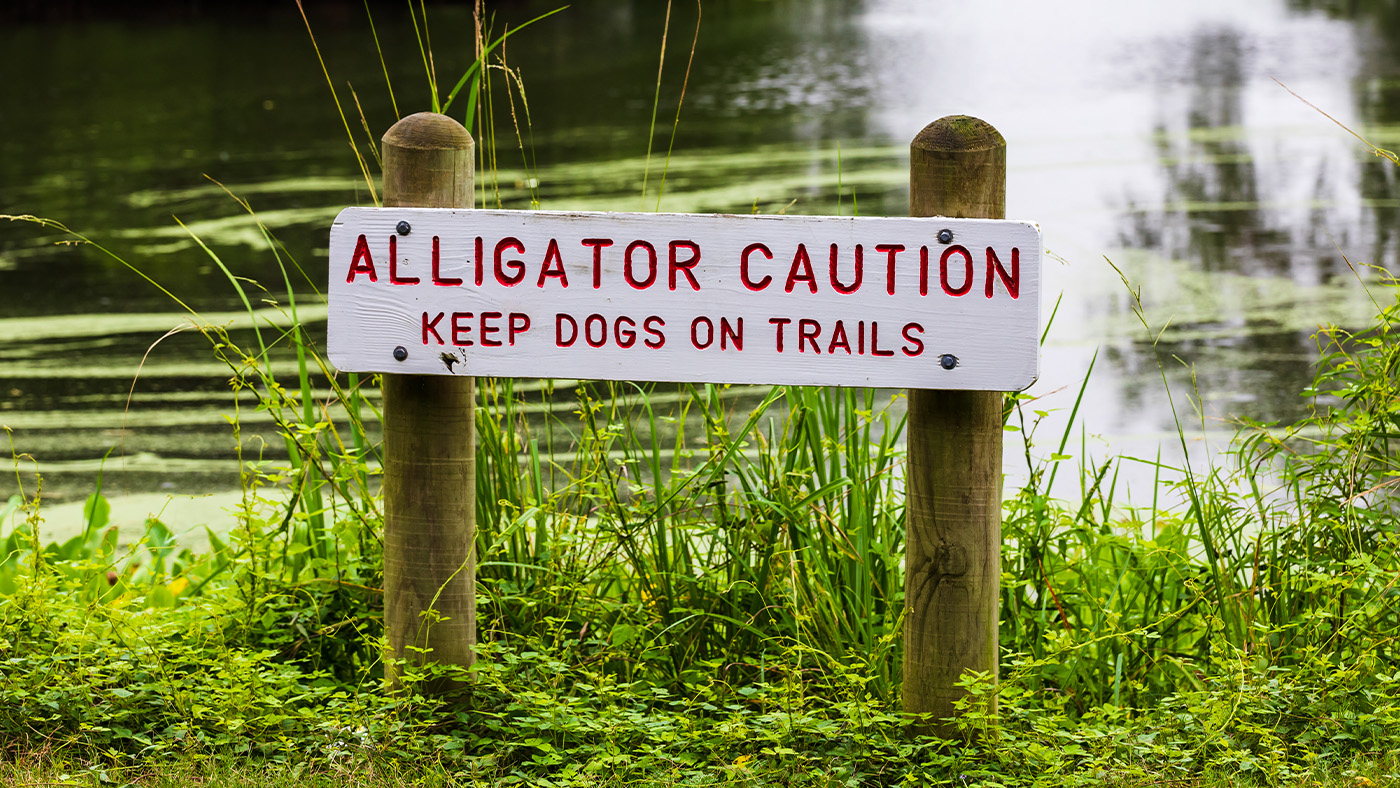How to prevent and treat matted dog hair
Our tips and tricks on how to prevent and treat matted dog hair will ensure your canine companion's coat stays looking its best

Learning how to prevent and treat matted dog hair are skills well worth having in your pet parent arsenal, helping to make life easier for you and a lot more comfortable for your canine companion.
While any breed of dog can get knots or tangles, matting is particularly common in longer haired breeds, such as the Cocker Spaniel, curly haired dogs, like the poodle, and breeds with silky hair, such as the Yorkie. It happens when fur becomes tangled and wraps around itself, forming tight clumps that if not brushed out, continue to accumulate more hair.
Although matting may seem like a minor annoyance, mats can cause major health issues if left untreated. If mats aren’t dealt with early and brushed out or removed, they can go on to cause a range of skin problems from mild irritation to serious sores that can become infected. Ouch!
The good news is that regular grooming with one of the best dog brushes can prevent most mats from forming in the first place. And if you do spot one? The tips and tricks below will ensure you’re able to quickly and safely remove it before it goes on to cause problems.
What causes matted hair in dogs?
There are several things that may cause your dog’s hair to mat, the first of which is their breed (and therefore their coat type), which makes some dogs more prone to developing mats. Dogs who shed heavily or have long coats will tend to develop mats more easily than other breeds because as the old hair sheds, it can get tangled in the healthy coat and become trapped.
Friction is another major cause of matting, with high friction areas such as the armpits, lower legs, under the collar, behind the ears and any area where your dog is prone to scratching being prime areas for matting. Dogs that sit a lot or sit with one hip being favored over the other will also tend to develop mats in those spots where the fur is being compacted.
Believe it or not, if your dog has an infestation of fleas, all that itching and scratching can cause mats to form. Regularly treating your pup with one of the best flea treatments for dogs can help prevent this.
If you have a water baby on your hands, you’ll want to be more vigilant around checking for mats. Dogs who love to swim tend to dry themselves off by rolling on the ground or shaking, both of which can cause their fur to stick together, particularly between their legs or belly. Wet hair is also prone to curling as it dries and this can cause it to wrap around itself and form mats.
How to prevent mats

As the old saying goes, prevention is better than cure and that certainly applies when it comes to matted hair. Given how painful it can be to treat, ensuring it doesn’t happen in the first place is your best option.
According to certified master groomer and president of the Paragon School of Pet Grooming, Melissa Verplank, regular brushing is your best line of defense when it comes to preventing mats. “Regular brushing is key,” she explains, “When you brush, add a little moisture with a spray bottle, just a light mist.”
To help you brush your dog correctly, Verplank has the following tips when it comes to technique:
- Brush a small section at a time. Push the coat up with your hand to the line of the skin, pat the brush into the hair, and pull away from the dog’s body gently.
- Continue with this method of lifting, patting and gently stroking the brush through the coat a small section at a time. This method allows you to thoroughly brush the coat and find any tangles hidden under the top of the coat.
- Depending on the breed, you will want to brush your dog anywhere from once every couple of weeks to daily.
Learning how to groom a dog and ensuring you do it regularly will help ensure your pup stays mat-free. For more helpful advice, check out our vet’s dog grooming tips, which will help make the whole process as stress-free as possible for both you and your canine companion.
Aside from brushing, there are a few other things that can help prevent mats from developing. Bathing your dog once a month with the best dog shampoo can help to keep their skin and coat in tip-top condition and ensuring their hair stays at a manageable length will also help keep those mats at bay.
How to treat matted dog hair
Sometimes, even all the grooming in the world won’t prevent a mat from forming, particularly in those high friction areas that we might not always remember to brush. If you notice a mat, never fear, the below steps will help you treat that matted dog hair and have your furkid’s coat silky smooth again in no time.
- Get your dog in a comfortable position and make sure they’re calm. If they’re not too skittish, then place them on a table or stable chair. For nervous pups, feel free to cradle them on the couch if this helps them feel more relaxed. You can also use a few of the best dog treats before you start to get them into a more chilled out state.
- Using your fingers, gently massage the knots to help loosen the hair
- Isolate the mat from the other hair by gently brushing the surrounding fur away
- Lightly spritz the mat with a detangling spray, this will moisten it and make it easier to work with. But don’t bathe your dog as this will actually make the process harder and more painful.
- Place your fingers under the base of the mat and begin to gently brush the mat with a bristle brush, alternating directions to break up the hair fibers
- Take a dematting comb and starting at the top of the mat, start to detangle, slowly working your way down to the base
- Lightly spray condition around the matted area and then use a stainless steel comb to go over the detangled hair
The above steps are for dogs with mild matting only. If you notice more serious matting, your dog’s hair may require trimming in order to remove it safely. In this case, we recommend you always take your dog to a professional groomer who will be able to deal with the mats in a way that doesn’t cause your pup any pain.
PetsRadar Newsletter
Get the best advice, tips and top tech for your beloved Pets

Kathryn is a freelance writer who has been a member of the PetsRadar family since it launched in 2020. Highly experienced in her field, she's driven by a desire to provide pet parents with accurate, timely, and informative content that enables them to provide their fur friends with everything they need to thrive. Kathryn works closely with vets and trainers to ensure all articles offer the most up-to-date information across a range of pet-related fields, from insights into health and behavior issues to tips on products and training. When she’s not busy crafting the perfect sentence for her features, buying guides and news pieces, she can be found hanging out with her family (which includes one super sassy cat), drinking copious amounts of Jasmine tea and reading all the books.
